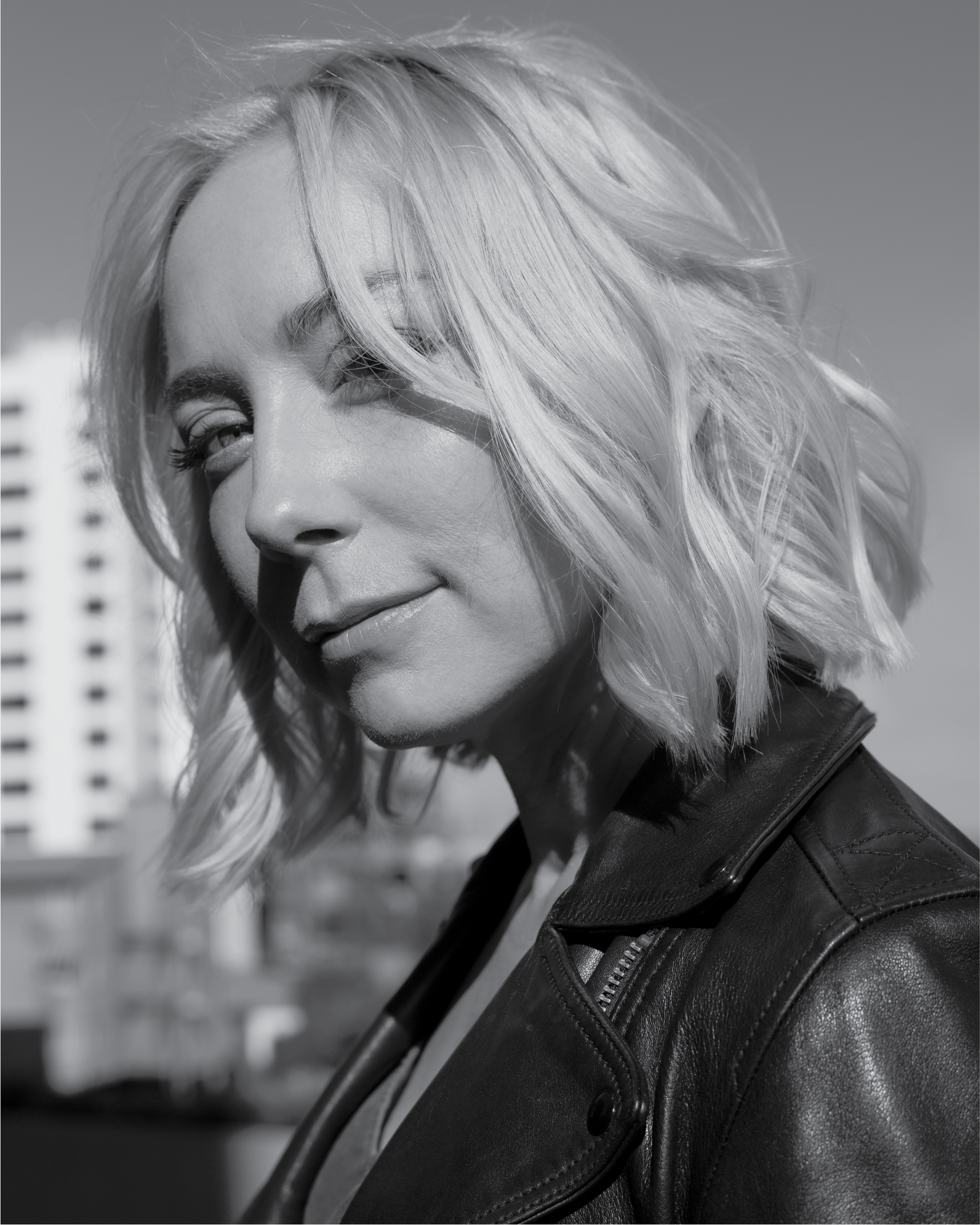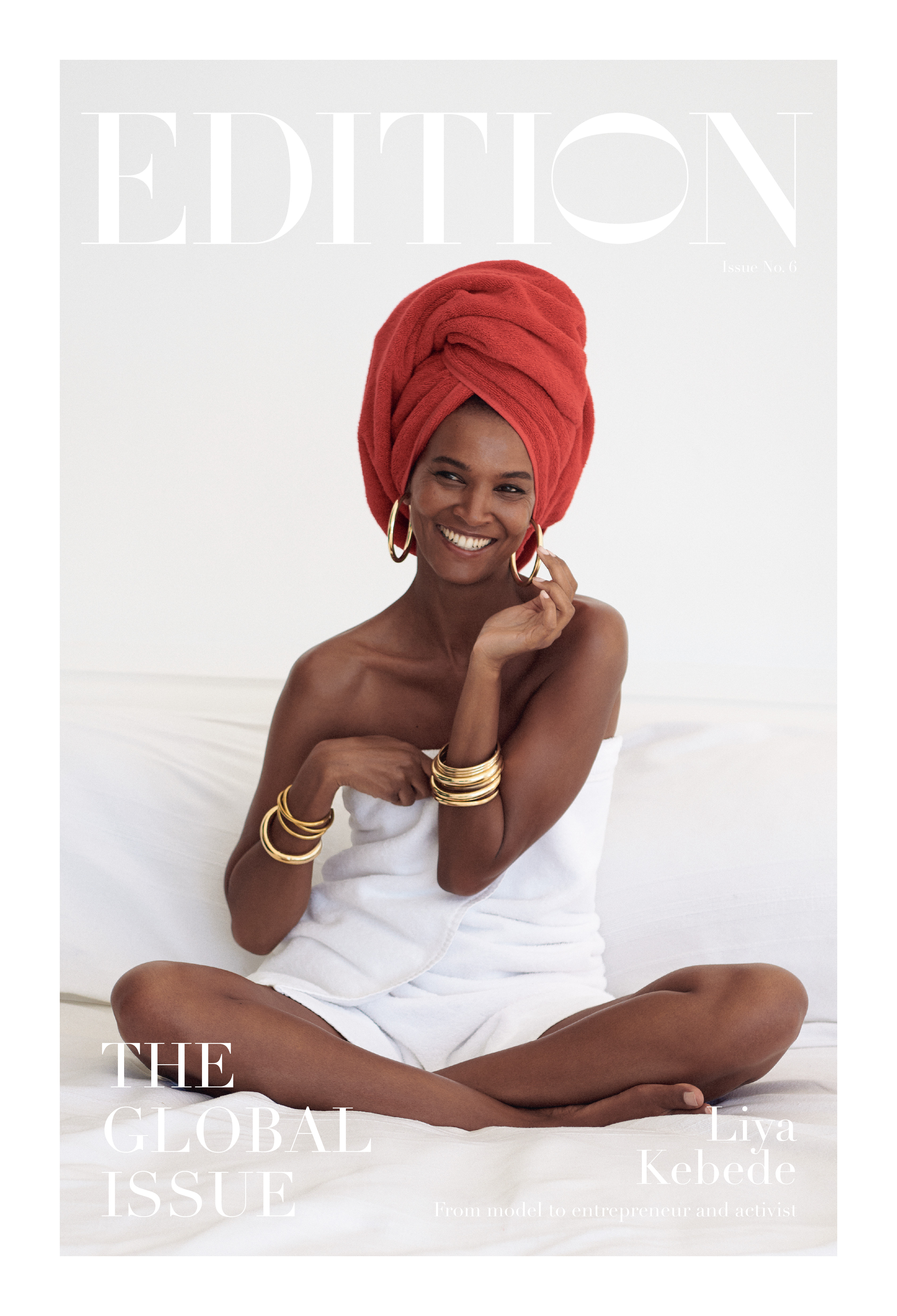
Global Issue
Global Issue: Editor’s Letter
Editor’s Letter
John Fraser
The Michelin-starred chef has a story to tell you through his cooking
Pundy’s Picks for Conscious Travel
Six tips for considered and conscious travel
Genmaicha Martini Recipe
The classic martini plus the health benefits of green tea
The Spread Love Project by Nicholas Konert
How Nicholas Konert’s rainbow heart design became an international icon
Wade Davis
Anthropology is the antidote to today’s nativism says the scholar and author
Carla Sozzani
The future of retail according to the founder of legendary concept store 10 Corso Como
The Art of Migration
The power of art to inspire empathy and social action
John Pawson
Zen Buddhism and minimalist purity drive the celebrated architect
Amy Duncan
As the CBD line Mowellens expands into skincare, its founder shares the personal story behind her company
Sila Sveta
Moscow’s favorite media studio finds the perfect balance between art and commerce
David de Rothschild
In his calls for environmental awareness, the modern explorer finds harmony between man and nature
Can Fashion Be Sustainable?
Shaping a better world through what you buy – or don’t
Brendon Babenzian
Supreme’s former creative director wants to end the cycle of consumption with his new brand Noah
Lily Kwong
Nature invades the urban jungle in the landscape designer’s expansive projects
House of Yes
Behind the scenes with the Bushwick nightlife collective promoting inclusivity and consent culture
Vivie-Ann Bakos
DJ Extraordinaire
Chez Dede
A medium in which two world-traveling, adventurous spirits absorb the globe’s vast curiosities and share them freely
Jesse Israel
A meditation guide for extraordinarily large groups
Liya Kebede
The Ethopian model, activist, and entrepreneur uses her label Lemlem as a force for change
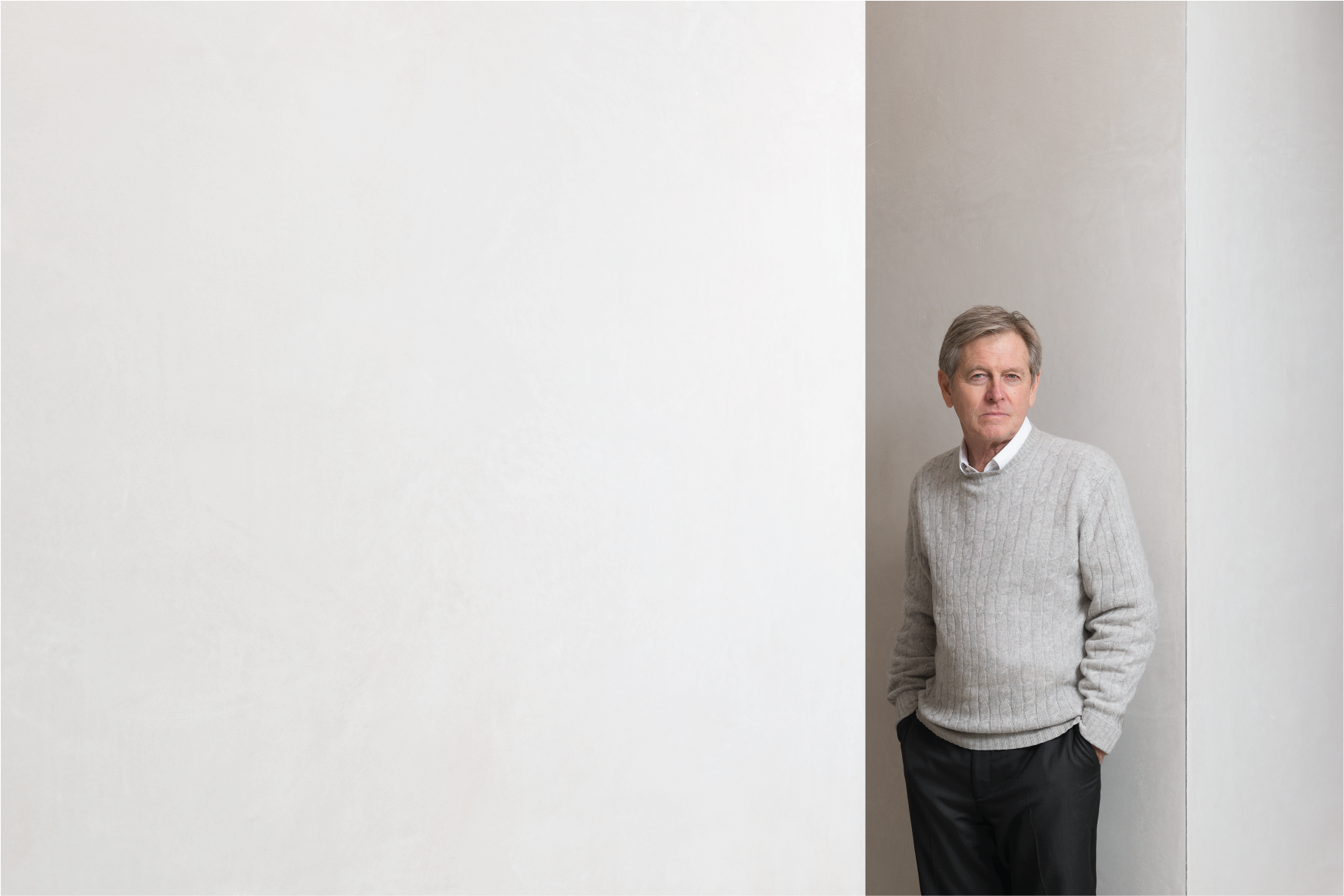
Photography by Gilbert McCarragher
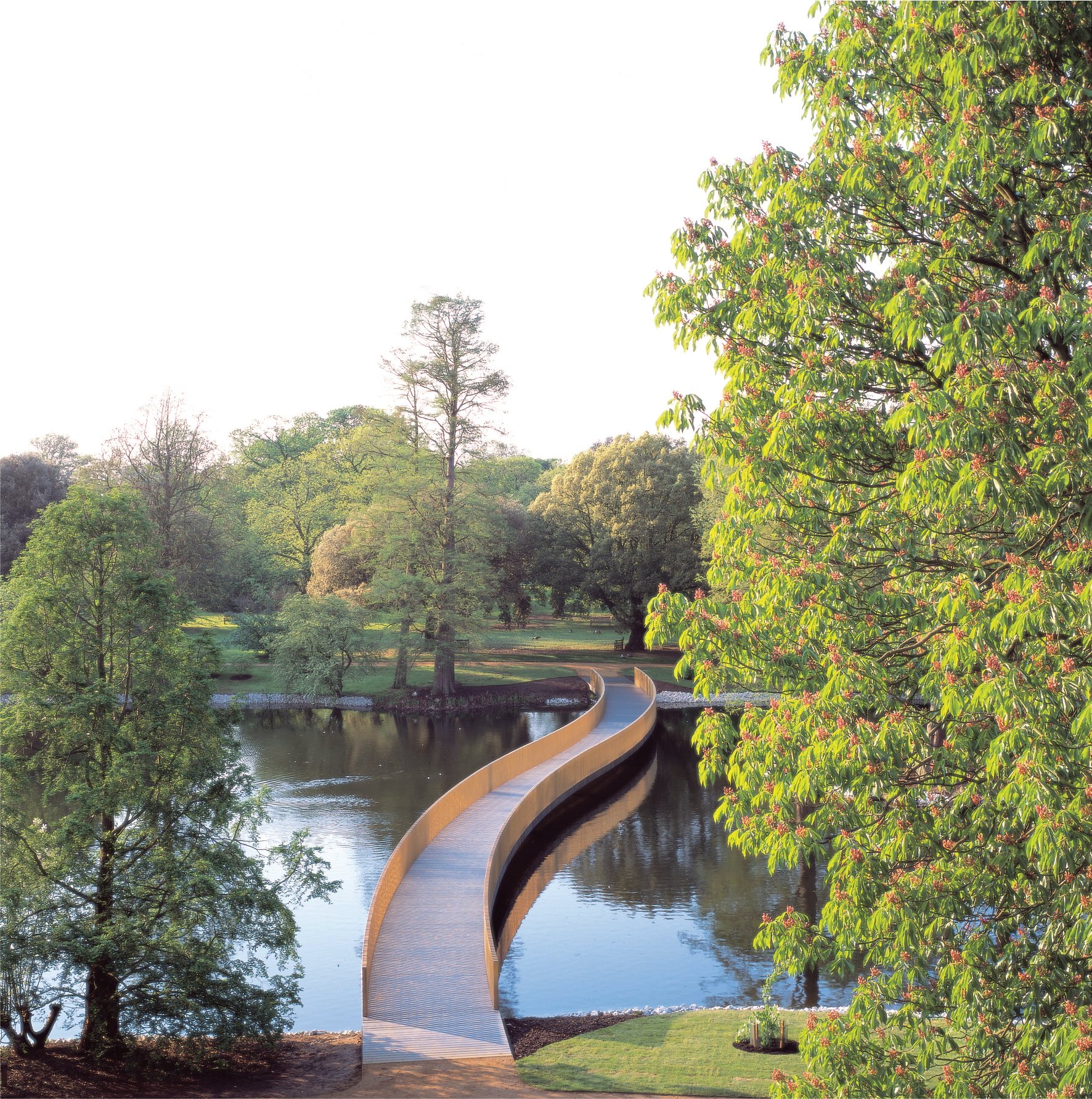
Photography by Richard Davies
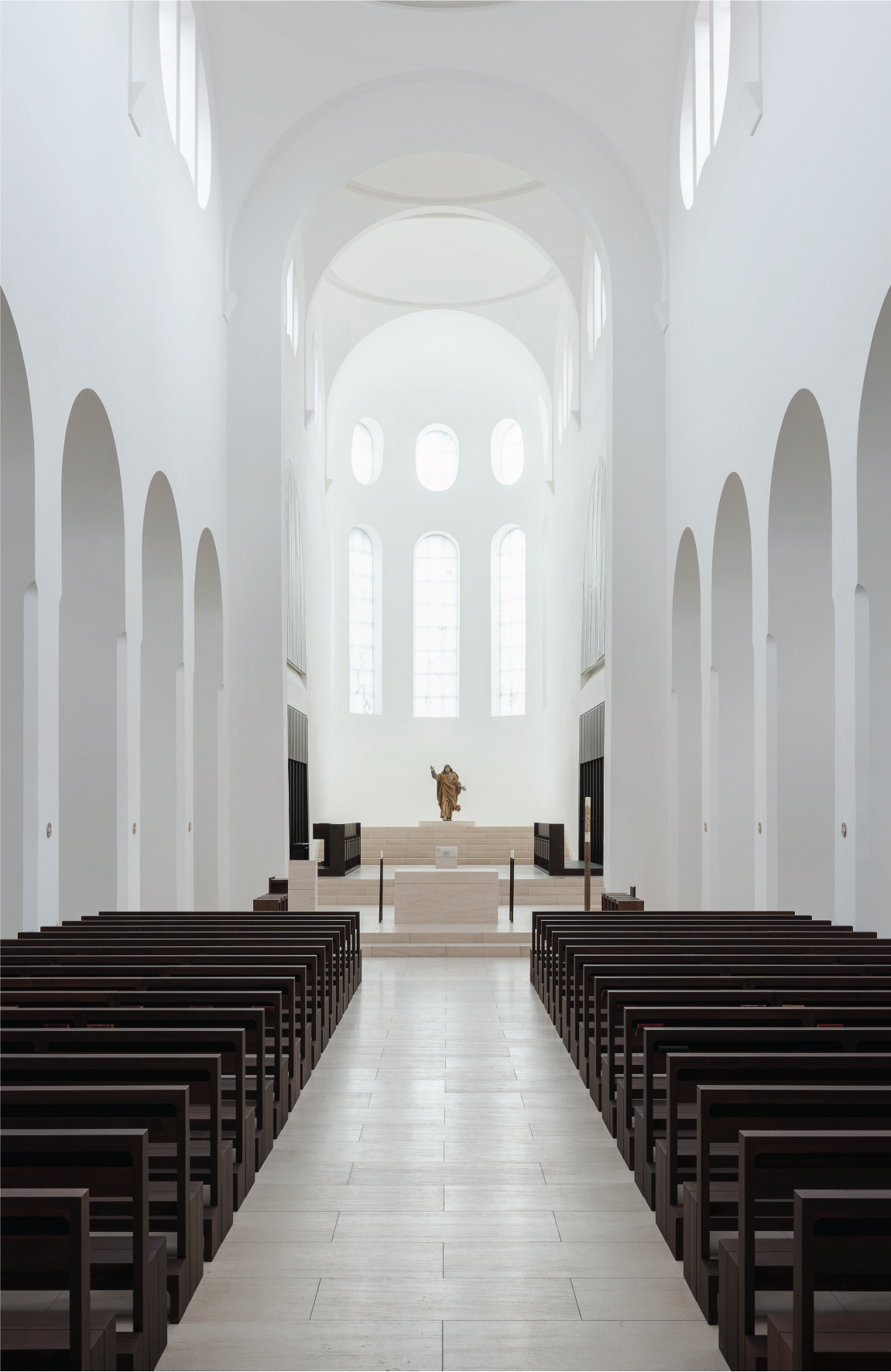
Photography by Gilbert McCarragher
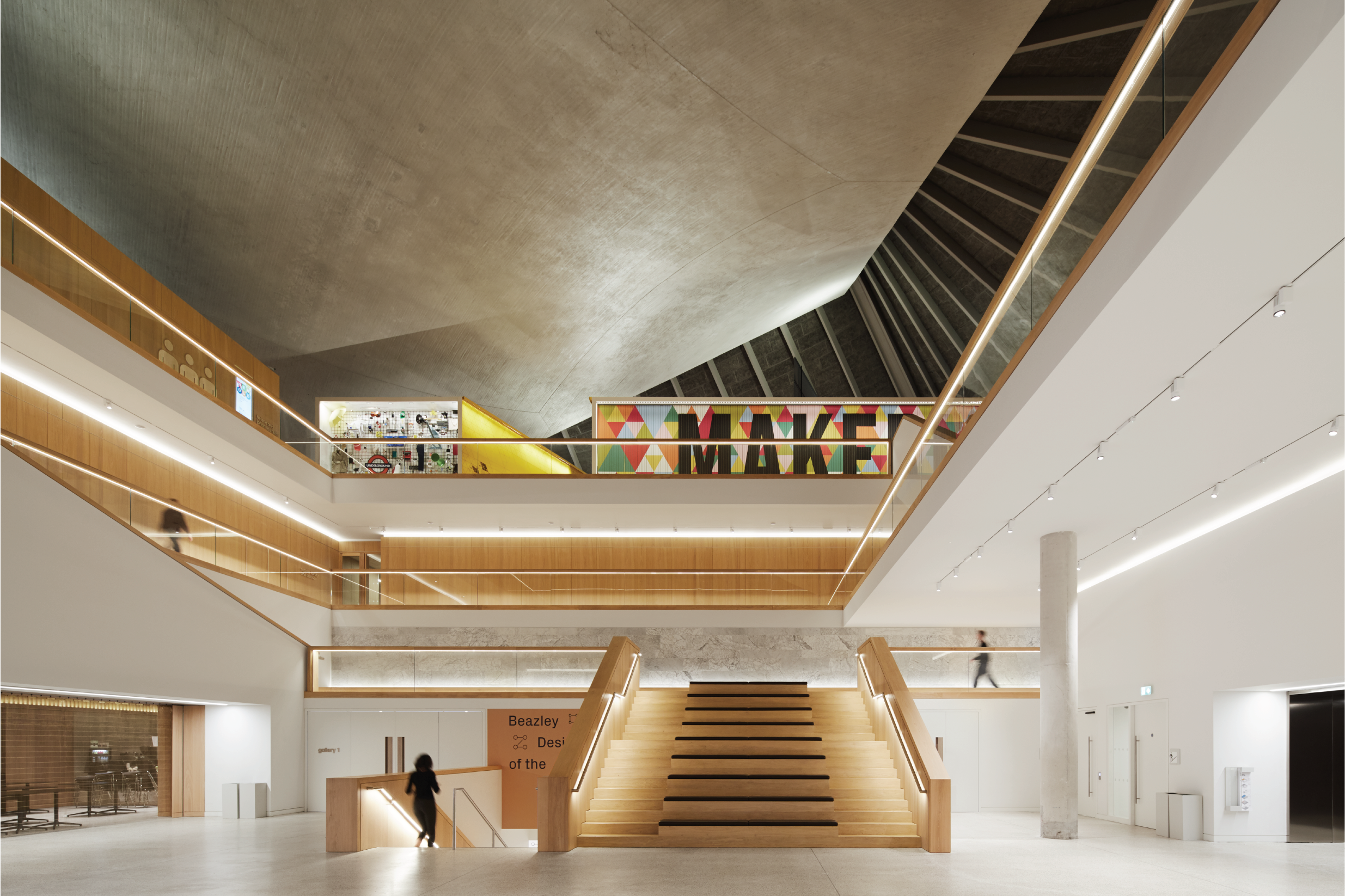
Photography by Keiko Chiba (Nacása & Partners)
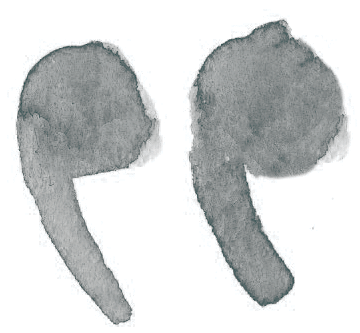
What matters most to me in any project is the potential for immersing myself in the architectural process.
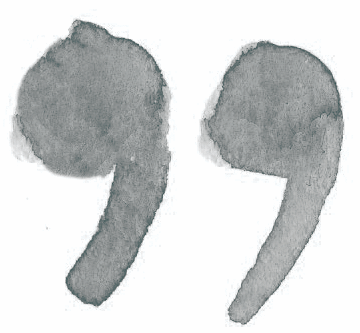
I’m interested in the emotional quality of a space,” explains the renowned architect John Pawson. That much is apparent in his palatial designs, each offering a sense of tranquility by distilling the space into its most essential properties. “When someone walks into a house or a gallery or a monastery I have designed, it is the atmosphere I want them to experience,” he adds, “before they start registering the details of the architecture.”
That attitude has made Pawson one of the most celebrated architects of his time, most often revered for his clean æsthetic. That perspective, however, has always extended beyond his work. “I draw no lines between architecture and life and, in this sense, there are no aspects of my life that lie outside of architecture,” he says. Pawson’s propensity towards minimalism was formed long before he became an architect and remains ingrained in his outlook. “My instinct to pare back is a characterizing thread that dates back to a school trip to the seaside, when I lost a cherished set of Parker pens and resolved never again to allow myself to become so attached to a possession,” he recalls. “There are very few things I could not happily do without—with the exception of family and friends.”
In his twenties, Pawson moved to Tokyo, drawn to the Zen Buddhism that still reflects in his approach. He’s known as an expert of minimalism, one who explores the relationship between light and space and balances the two to create a refined ambiance. Another constant throughout his life has been his affinity towards white and its endless possibilities as a blank canvas for natural
colors to shine through. His designs allow for sunlight to wash over interiors, lending warmth and color to otherwise unperturbed spaces.
Pawson’s mastery over the style brought him to major projects, some as self-evident as art galleries and boutiques for Calvin Klein and others as distinctive as ballet sets at the Paris Opera Ballet, a sinuous bridge over a lake at England’s Royal Botanic Gardens, and the Abbey of Our Lady of Nový Dvur in Bohemia. Though he’s more in-demand than ever before, his newest major project reunites him with long-time collaborator Ian Schrager for the West Hollywood EDITION. “You always instinctively know when you meet a person and talk whether there is the potential for embarking on the long client-architect dialogue together,” he offers.
At this stage in his career, Pawson seems less like a designer and more like an artist; his drive is in creation and his goal to imbue each project with personal expression. “What matters most to me in any project is the potential for immersing myself in the architectural process,” he says. “The scope for pushing into fresh territory tends to come from within—from one’s own thinking rather than from a new typology.” In that, he’s succeeding, when he himself is reveling in the very feeling his spaces are designed to elicit: serenity. “I have always found inspiration in travel, but equally powerfully at home,” he explains. “Last year I finished work on a house in the country for my family and I find that time spent there, reflecting quietly, provides all the mental stimulation I need.”
Amy Duncan
As the CBD line Mowellens expands into skincare, its founder shares the personal story behind her company
Art & Culture
The power of art to inspire empathy and social action
Zen Buddhism and minimalist purity drive the celebrated architect
Moscow’s favorite media studio finds the perfect balance between art and commerce
Behind the scenes with the Bushwick nightlife collective promoting inclusivity and consent culture
DJ Extraordinaire
A medium in which two world-traveling, adventurous spirits absorb the globe’s vast curiosities and share them freely
A meditation guide for extraordinarily large groups
Experiences
Moscow’s favorite media studio finds the perfect balance between art and commerce
In his calls for environmental awareness, the modern explorer finds harmony between man and nature
Behind the scenes with the Bushwick nightlife collective promoting inclusivity and consent culture
DJ Extraordinaire
Food & Drink
The Michelin-starred chef has a story to tell you through his cooking
Six tips for considered and conscious travel
Personalities
Style
The classic martini plus the health benefits of green tea
How Nicholas Konert’s rainbow heart design became an international icon
As the CBD line Mowellens expands into skincare, its founder shares the personal story behind her company
Nature invades the urban jungle in the landscape designer’s expansive projects
The Ethopian model, activist, and entrepreneur uses her label Lemlem as a force for change

